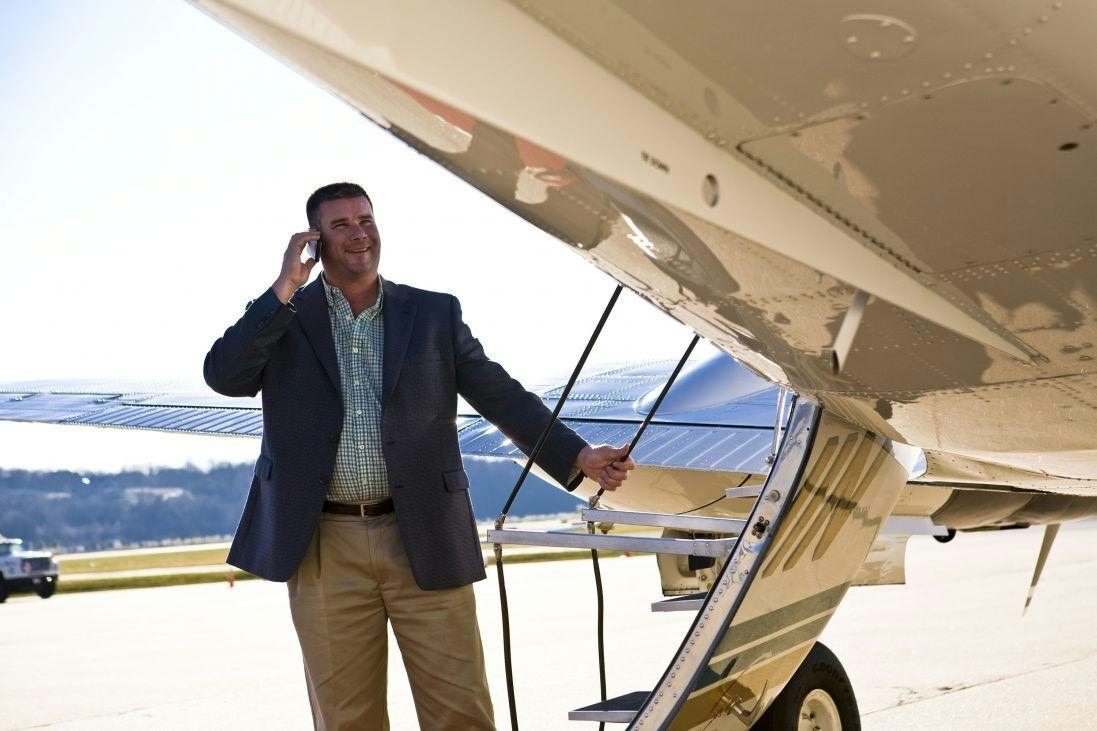
AeroGenie — Your Intelligent Copilot.
Trending
Categories
FAA Extends Engine Pylon Airworthiness Directive to DC-10

FAA Extends Engine Pylon Airworthiness Directive to DC-10
Expanded Safety Measures Following UPS Flight 2976 Tragedy
The Federal Aviation Administration (FAA) has extended its emergency airworthiness directive to include the Douglas DC-10, following the fatal crash of UPS Airlines Flight 2976, an MD-11F, in Louisville. This extension comes shortly after the FAA grounded MD-11 freighters for urgent inspections and reflects growing concerns over shared engine pylon design vulnerabilities between the MD-11 and the older DC-10 fleet. The directive aims to address potential safety risks posed by these structural similarities.
The directive was prompted by the tragic loss of UPS Flight 2976, which experienced an engine and pylon separation shortly after takeoff, resulting in the deaths of three crew members and several individuals on the ground. In response, Boeing recommended grounding all MD-11 freighters to conduct detailed engineering analyses of their engine pylons. As investigations revealed that the DC-10 shares critical structural features with the MD-11, the FAA concluded that both aircraft types face comparable risks of engine-pylon separation, necessitating immediate inspections.
Inspection Requirements and Operational Impact
Under the expanded directive, all affected DC-10 aircraft must undergo comprehensive inspections of their engine pylons and associated structures using FAA-approved procedures. Any aircraft found to have faults must be repaired before returning to service, and no flights are permitted until these inspections are successfully completed. Although the DC-10 is now rarely seen in commercial operations, the directive affects a limited number of cargo carriers that continue to rely on these aging tri-jet freighters.
The FAA’s action presents significant operational and financial challenges for operators. Aircraft must be withdrawn from service on short notice, disrupting schedules and forcing freight to be rerouted to other fleets. Maintenance teams face increased pressure to deploy experienced engineers, specialized tools, and scarce spare parts, often stretching already limited resources. The costs associated with these inspections and potential repairs are expected to rise, while insurance providers and lessors are likely to increase scrutiny.
Broader Implications for Aging Aircraft Fleets
Replacing or repairing engine pylons on aircraft of this age is both complex and costly. Some operators may opt to accelerate retirement plans for their DC-10s and MD-11s rather than invest in compliance measures for jets nearing the end of their economic lifespan. In the short term, the directive reduces available widebody freighter capacity and could lead to contractual penalties if airlines are unable to quickly compensate for the lost lift.
Market reactions to the FAA’s decision have been mixed. While some investors express concern over the financial impact on affected airlines, others regard the directive as a necessary step to uphold safety standards. Competitors that address these issues proactively may gain a temporary advantage, whereas others could face further operational disruptions. The ongoing investigation into the cause of the engine pylon detachment underscores the urgency of the FAA’s intervention, which seeks to prevent similar incidents in the future.
Though the immediate impact is limited by the small number of DC-10s still in operation, the directive highlights the broader challenges of maintaining aging aircraft and underscores the critical importance of rigorous safety oversight within the aviation industry.

Why United Airlines Continues to Use the Boeing 777-300ER in 2025

Dubai Airshow 2025: Key Aircraft and Conference Highlights
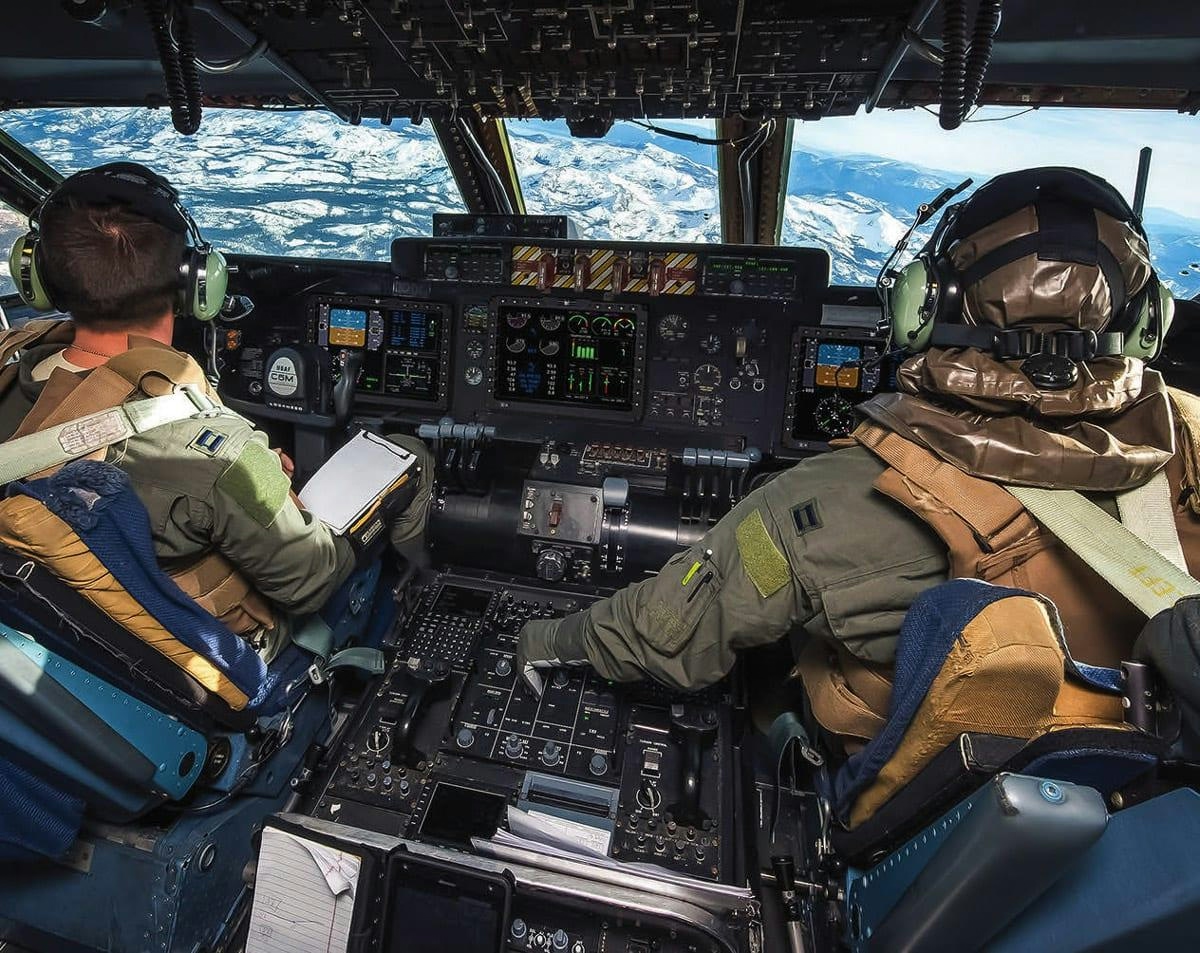
Defense Aviation Adopts Commercial Innovations
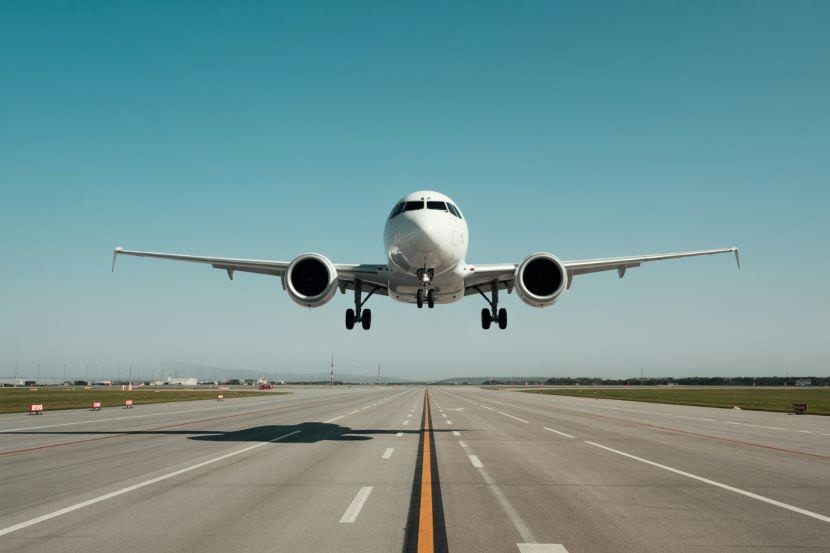
MedAire’s Alert Platform Enhances SolitAir’s Role in Aviation Security Innovation

India Faces Shortage of 30,000 Pilots Amid Growing Fleet, Aviation Minister Calls for Urgent Training
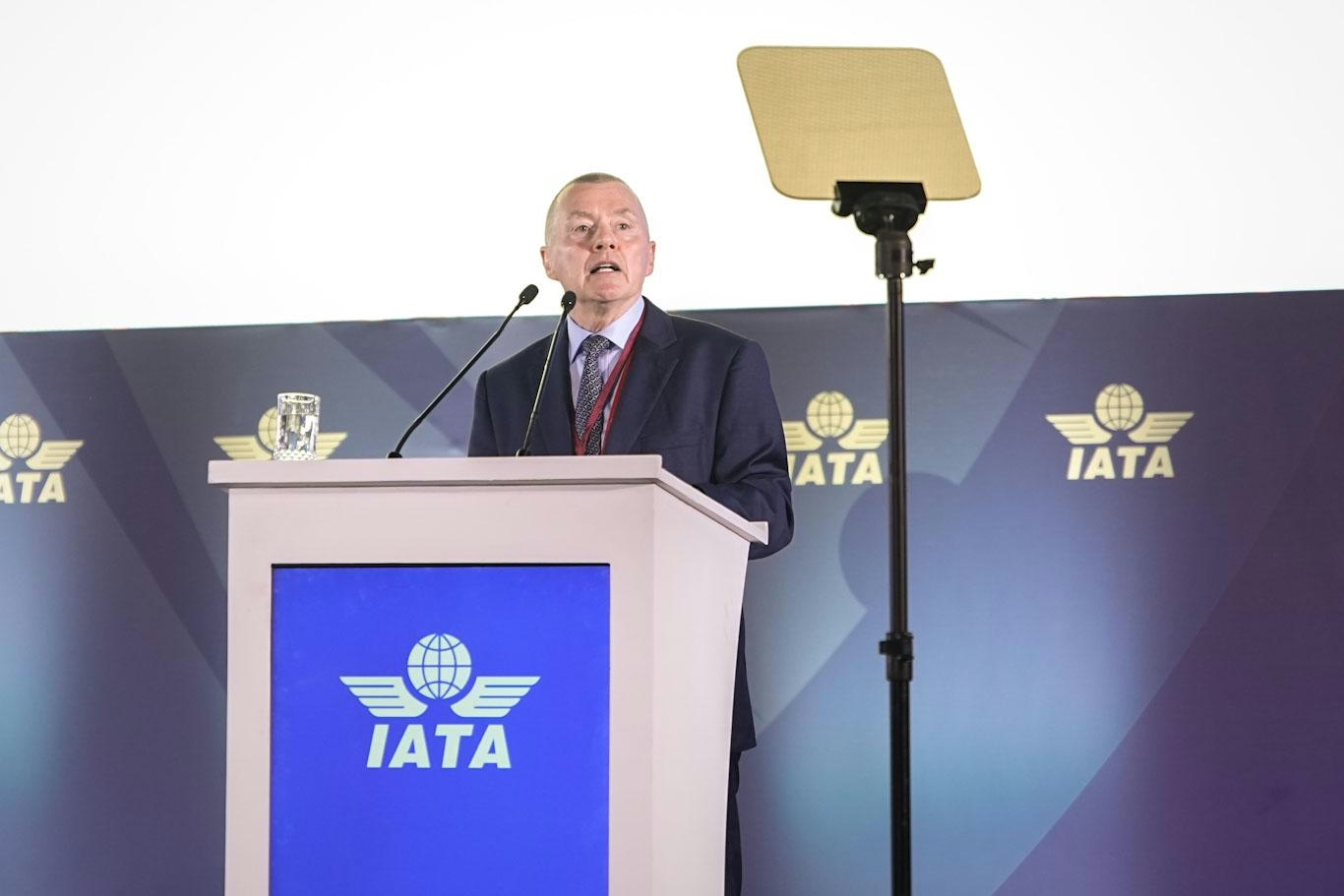
IATA Chief Calls for Fair Compensation for Airlines Amid Supply Chain Challenges
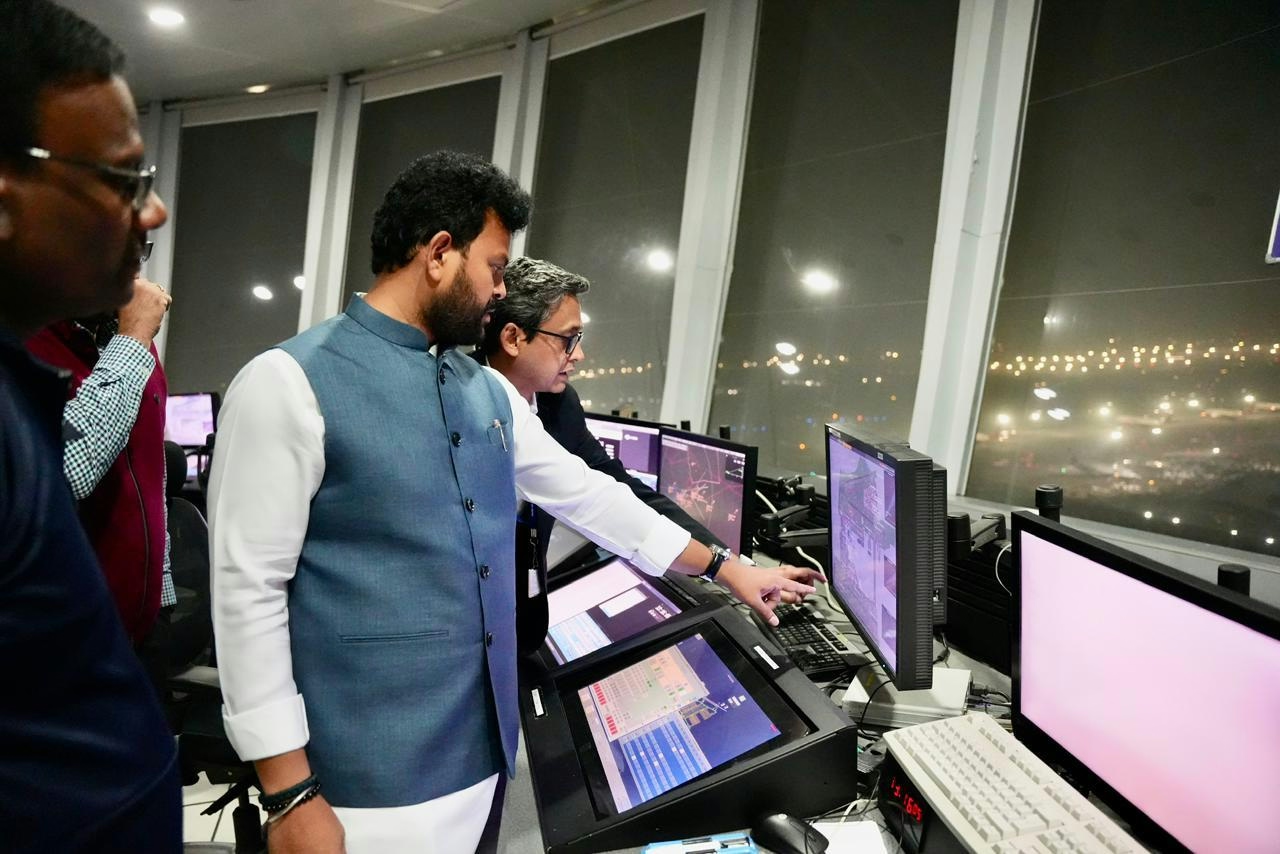
AAI Unveils Pavilion Highlighting India’s Aviation Advances at IITF 2025
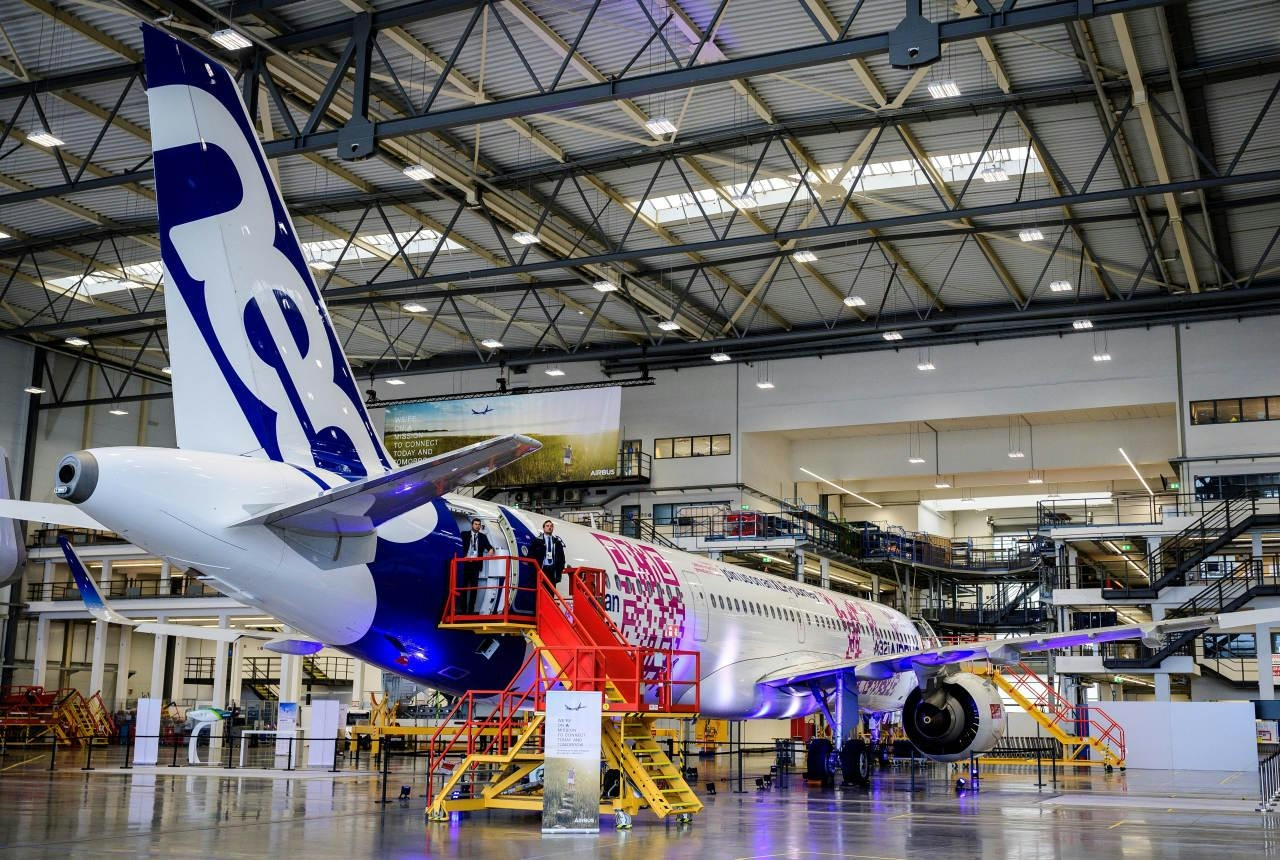
Airbus Projects Asia-Pacific Will Need Nearly 20,000 New Planes Over 20 Years
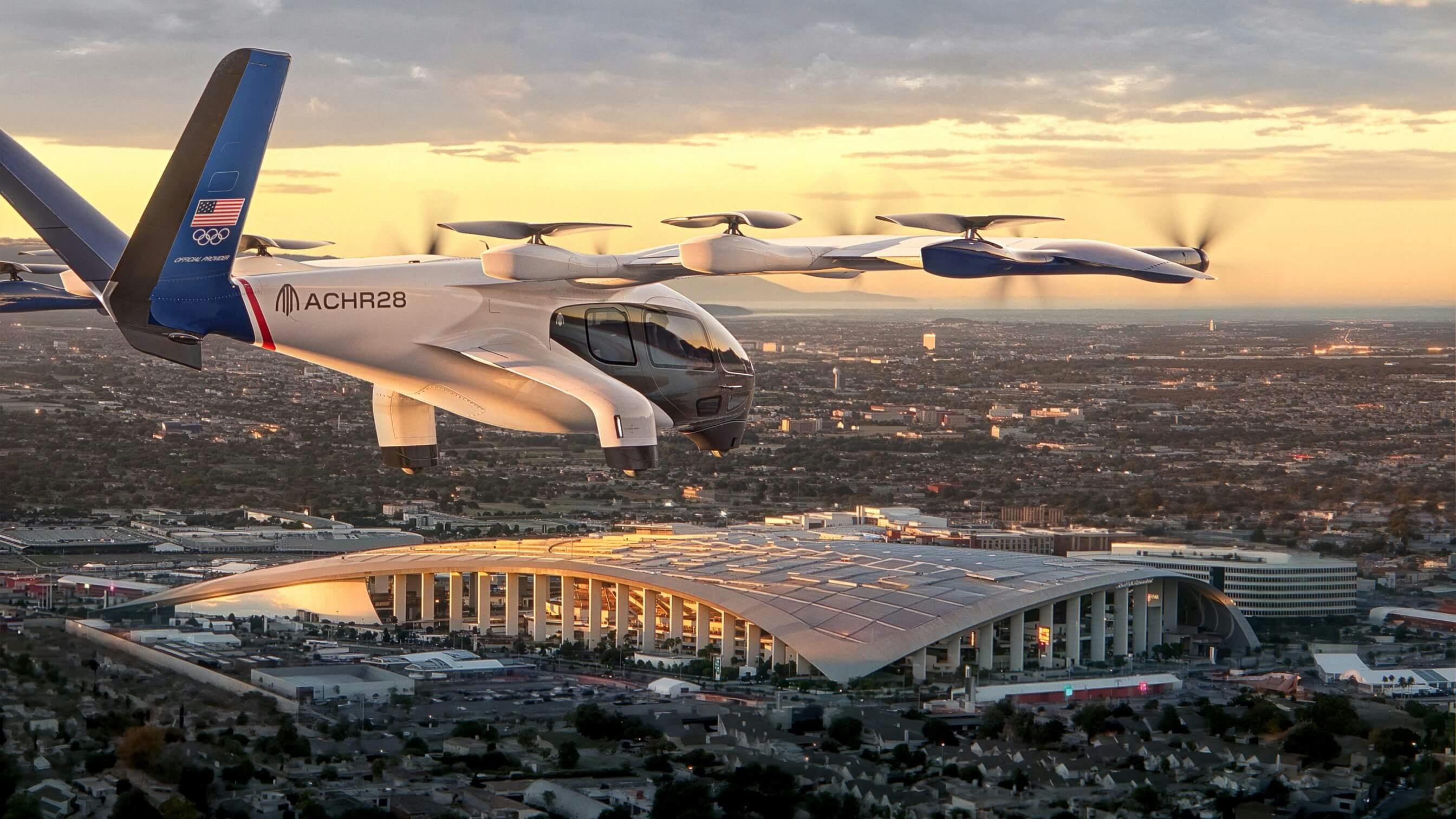
Archer Midnight Air Taxi Launches Silent City-to-Airport Flights in 2026
